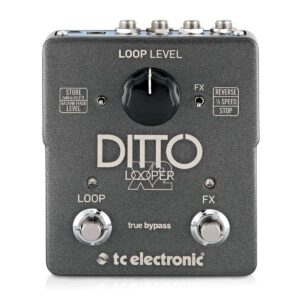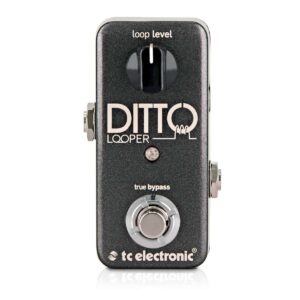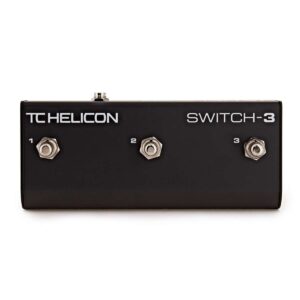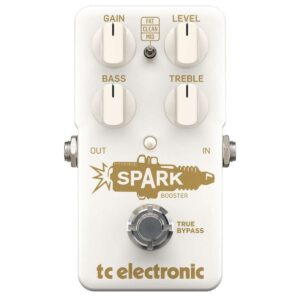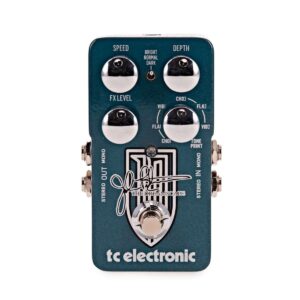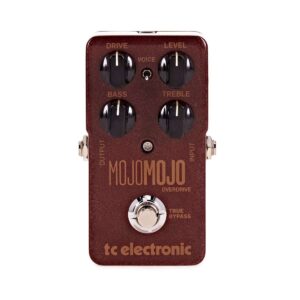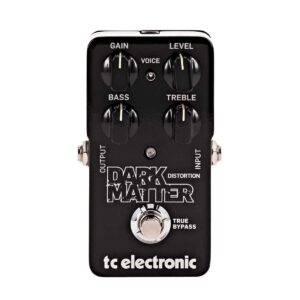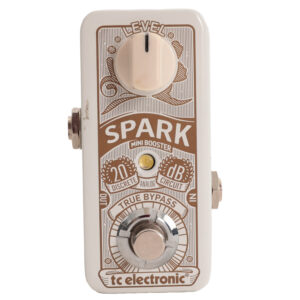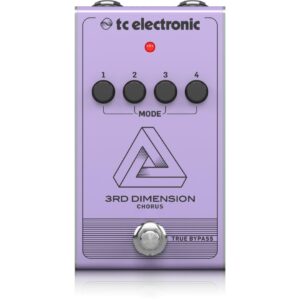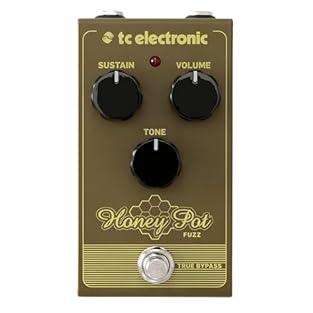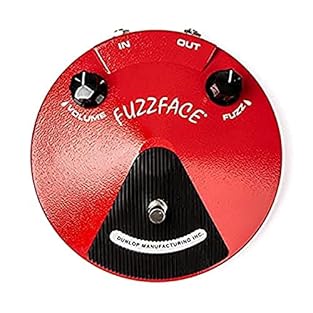Description
The TC Electronic Honey Pot Fuzz Pedal is in New condition and made by TC Electronic , it is a great Overdrive Fuzz Distortion Guitar Effect Pedal- The TC Electronic Honey Pot Fuzz is a pedal that takes the world of fuzz into the dominion of distortion. Offering players an incredibly heavy sounding fuzz with massive amounts of gain and an almost endless sustain – this is the perfect choice for anyone looking to elevate their performance. Its intuitive three control setup makes it super-easy to create an incredible array of fuzz tones from a slight grinding overdriven voice – to a massive wall of sound of almost distortion-like sounds. Its rugged metal chassis and top-mounted jacks make it perfect for gigging musicians and its compact size ensures it takes up a minimal amount of space on your pedalboard. When you invest in a TC Electronic product you know that every aspect has been designed and manufactured with passion and care – and this one is no different. It offers an incredible amount of versatility allowing it to cover a wide musical range making it ideal for both aspiring and established players. . Available from Just Pedals for only £ 39.7 Vintage flavoured fuzz pedal The TC Electronic Honey Pot Fuzz is designed with an incredibly heavy sounding fuzz offering an intricate system of almost endless sustain massive amounts of gain and a death-defying wall of sound to saturate your tone in. With enough volume to send your fuzz into distortion territory this pedal will allow you to find the perfect level of tonal fuzz to suit almost any musical style. Its controls include volume sustain and tone – providing a variety of sound altering options. This means it can take you from a subtle biting or grinding overdrive tone all the way to a massive wall of distortion-esque sounds with an almost endless sustain and a fat nasty character with thick lows and sweet highs. Compact & gig worthy design The TC Electronic Honey Pot Fuzz is not just equipped with a range of incredible tonal capabilities but also features a durable metal chassis. This helps protect the pedals internal components against moisture and the day-to-day trials of life with a regularly gigging musician. The pedal is also equipped with top-mounted jacks which allow for more space on your pedalboard – so you can expand your rig further. Each control knob is designed with rugged edges allowing players to control the settings with their foot during performances. Whats more the intuitive control layout offers a user-friendly operation making this pedal perfect for players of all ability levels. Specifications Controls: Sustain Volume Tone Input: 1/4″ TS Unbalanced Output: 1/4″ TS Unbalanced Output Impedance: 1 K Ohm Power Input: Standard 9 V DC Centre Negative Less Than 100 mA Battery Option: Internal 9 V Battery Connector Dimensions Height: 58 mm Width: 74 mm Depth: 132 mm Weight: 0.5kg Please Note: Pedal does not come with a power supply.

